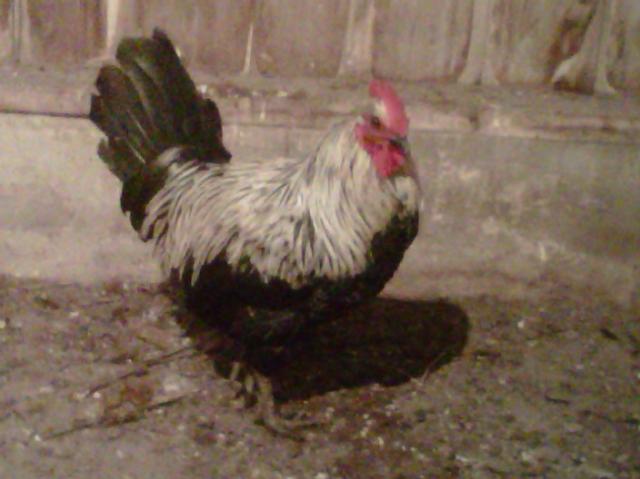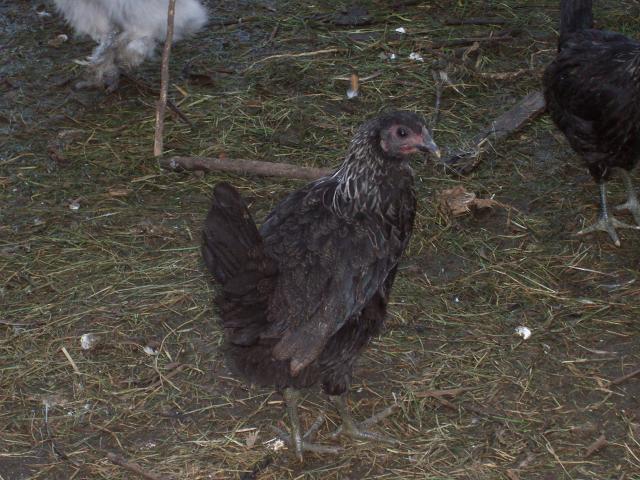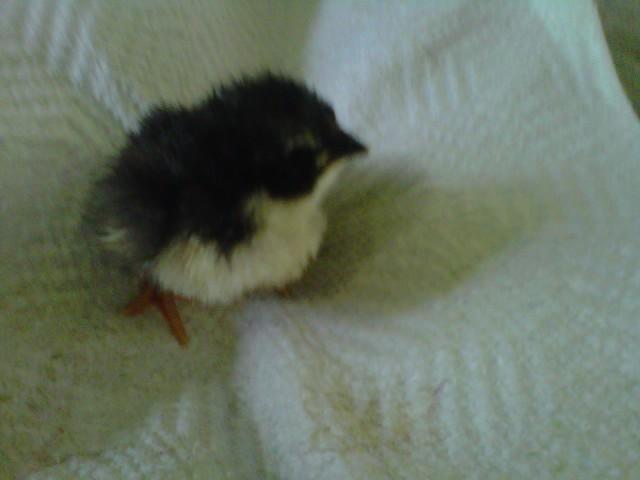- Apr 9, 2011
- 3,974
- 17
- 188
Quote:
My SSHs are all way friendly and tame, did not venture out of their run the other night when I left it unlatched (oh! which reminds me!) but the breed as a general thing has a reputation for living in trees when given the chance.
I would bet that if you choose any kind of chicken with some size to it and wild-type coloring, make sure they're used to eating tasty treat food only in the run so they're under cover at night and don't actively socialize them they'll be pretty good at what you want, until you get a sizable daytime avian or feline predator (and I include larger-than-average housecats here) which decides to specialize in chickens. We lost a huge, multigeneration and well established totally wild living flock/colony of mixed bantams to a pair of Great Horned Owls and I suspect keeping your chickens securely undercover at night is the most important thing.
The specializing predator thing is always going to be a risk, though; using full-sized chickens at least gives you an advantage over the smartest (the accipterine hawks, Sharp shin and Cooper's Hawk) and fastest (true falcons: Kestrel, Merlin, Prairie and Peregrine) and most common (crows, which will take bantams right out of the garden while you're weeding!) and leave you with the slower and more easily discouraged Buteoid hawks (Redtail, Red Shoulder, Broadwinged, Rough-Legged, Short-Tailed, Ferruginous, Gray, Zonetail, Common Blackhawk, and Harris, of which I hear the Harris is the most likely to be a problem with chickens because they hunt in teams).
The other thing about general chicken predation which may seem counter-intuitive is that you're more likely to have problems in the suburbs or places where there's not a lot of wildlife habitat; most hawks and cats (excluding, again, the individual specialist) prefer not to go into human zones if they have wild prey to eat. Having a bare area between you and the closest game cover is a good idea; being the only free-ranging chickens in a neighborhood of mowed five and ten acre farmettes, not so much.
My SSHs are all way friendly and tame, did not venture out of their run the other night when I left it unlatched (oh! which reminds me!) but the breed as a general thing has a reputation for living in trees when given the chance.
I would bet that if you choose any kind of chicken with some size to it and wild-type coloring, make sure they're used to eating tasty treat food only in the run so they're under cover at night and don't actively socialize them they'll be pretty good at what you want, until you get a sizable daytime avian or feline predator (and I include larger-than-average housecats here) which decides to specialize in chickens. We lost a huge, multigeneration and well established totally wild living flock/colony of mixed bantams to a pair of Great Horned Owls and I suspect keeping your chickens securely undercover at night is the most important thing.
The specializing predator thing is always going to be a risk, though; using full-sized chickens at least gives you an advantage over the smartest (the accipterine hawks, Sharp shin and Cooper's Hawk) and fastest (true falcons: Kestrel, Merlin, Prairie and Peregrine) and most common (crows, which will take bantams right out of the garden while you're weeding!) and leave you with the slower and more easily discouraged Buteoid hawks (Redtail, Red Shoulder, Broadwinged, Rough-Legged, Short-Tailed, Ferruginous, Gray, Zonetail, Common Blackhawk, and Harris, of which I hear the Harris is the most likely to be a problem with chickens because they hunt in teams).
The other thing about general chicken predation which may seem counter-intuitive is that you're more likely to have problems in the suburbs or places where there's not a lot of wildlife habitat; most hawks and cats (excluding, again, the individual specialist) prefer not to go into human zones if they have wild prey to eat. Having a bare area between you and the closest game cover is a good idea; being the only free-ranging chickens in a neighborhood of mowed five and ten acre farmettes, not so much.




